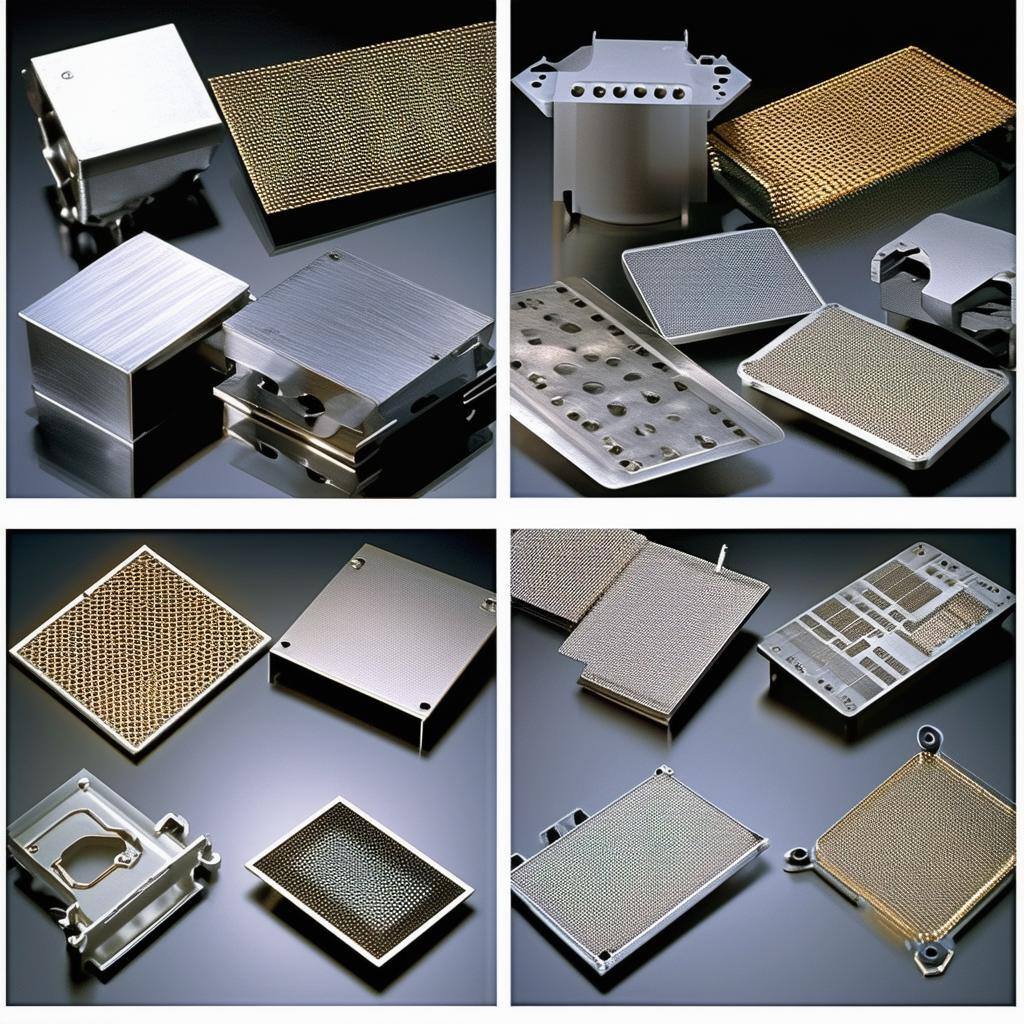Photochemical Machining vs. Other Metal Fabrication Techniques
Metal fabrication has come a long way, with numerous methods available for producing precision parts. Among these, photochemical machining (PCM) stands out as a unique and cost-effective technique, especially when compared to metal stamping, laser cutting, and wire electrical discharge machining (EDM). While each method has its strengths, PCM offers distinct economic advantages in specific applications. In this post, we’ll explore when and why photochemical machining is the most economical choice.
Understanding Photochemical Machining
Photochemical machining, also known as chemical etching, is a subtractive manufacturing process that uses chemical solutions to selectively dissolve metal, creating intricate patterns and precise components. Unlike mechanical cutting or stamping, PCM does not induce stress, burrs, or distortion in the metal. The process is ideal for working with thin metal sheets and can achieve complex geometries with high precision.
Where PCM Has Economic Advantages
While metal stamping, laser cutting, and wire EDM each have their place in manufacturing, photochemical machining shines in the following scenarios:
1. Low to Medium Production Runs
Metal stamping requires costly tooling, such as dies and presses, making it economical only for high-volume production. In contrast, PCM eliminates the need for expensive tooling, reducing upfront costs. This makes it ideal for low to medium production runs, where stamping would not be cost-effective due to amortized tooling expenses.
2. Complex, Intricate Geometries
Wire EDM and laser cutting can handle complex designs, but they tend to be slower and more expensive per unit compared to PCM. PCM can produce intricate patterns, including fine details, internal cutouts, and tight tolerances without secondary finishing. This makes it the preferred choice for applications requiring high precision, such as electronic components, fuel cell plates, and medical instruments.
3. Thin Metal Components
For thin metal parts (typically between 0.001” and 0.080” thick), PCM has a significant advantage over stamping, which can cause warping or deformation. Additionally, laser cutting and EDM can generate heat-affected zones that may alter material properties. PCM avoids these issues, providing clean, stress-free cuts that maintain material integrity.
4. Rapid Prototyping and Design Flexibility
Unlike stamping, which requires lengthy die-making processes, PCM allows for quick design modifications. Changes to a design require only an update to the phototool (essentially a digital mask), rather than expensive retooling. This makes PCM highly advantageous for prototyping and iterative design processes, particularly in industries such as aerospace, electronics, and R&D.
5. High Material Utilization and Reduced Waste
Metal stamping often results in substantial material waste, especially for intricate parts. Laser cutting and wire EDM also create material loss in the form of kerf width or vaporized metal. PCM minimizes material waste, as the chemical process selectively removes only the necessary material, leading to better material utilization and cost savings.
6. Burr-Free and Stress-Free Processing
Wire EDM and laser cutting often leave burrs that require secondary processing, adding time and cost. Stamping can introduce stress into the metal, affecting performance in critical applications. PCM, being a chemical process, produces burr-free parts with no induced mechanical stress, eliminating the need for additional finishing steps.
Key Industries Benefiting from PCM
Several industries find PCM to be the most economical option due to its unique advantages:
-
Electronics: Flexible circuits, shielding components, and connectors.
-
Medical Devices: Surgical blades, implantable components, and microfluidic devices.
-
Aerospace: Lightweight components, fuel system parts, and heat exchangers.
-
Automotive: Battery current collectors, fuel injector nozzles, and fine mesh screens.
-
Energy: Fuel cell plates and heat exchanger components.
Conclusion
Photochemical machining offers a cost-effective solution for producing intricate, burr-free, and stress-free components in low to medium volumes. Compared to stamping, laser cutting, and wire EDM, PCM stands out in applications that demand design flexibility, high precision, and efficient material usage. For industries needing high-performance thin metal components, PCM provides an economical and practical alternative that optimizes both cost and quality.


